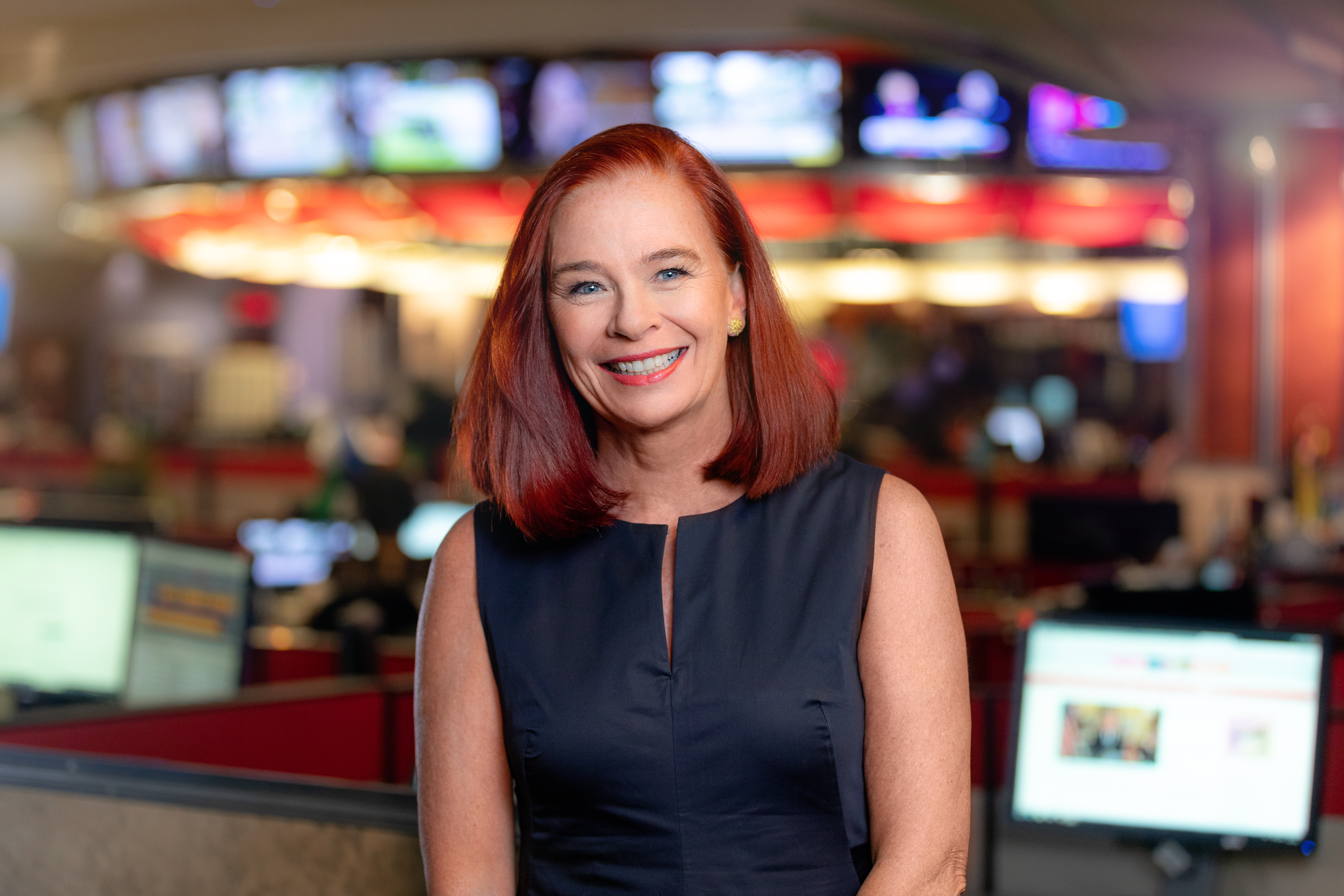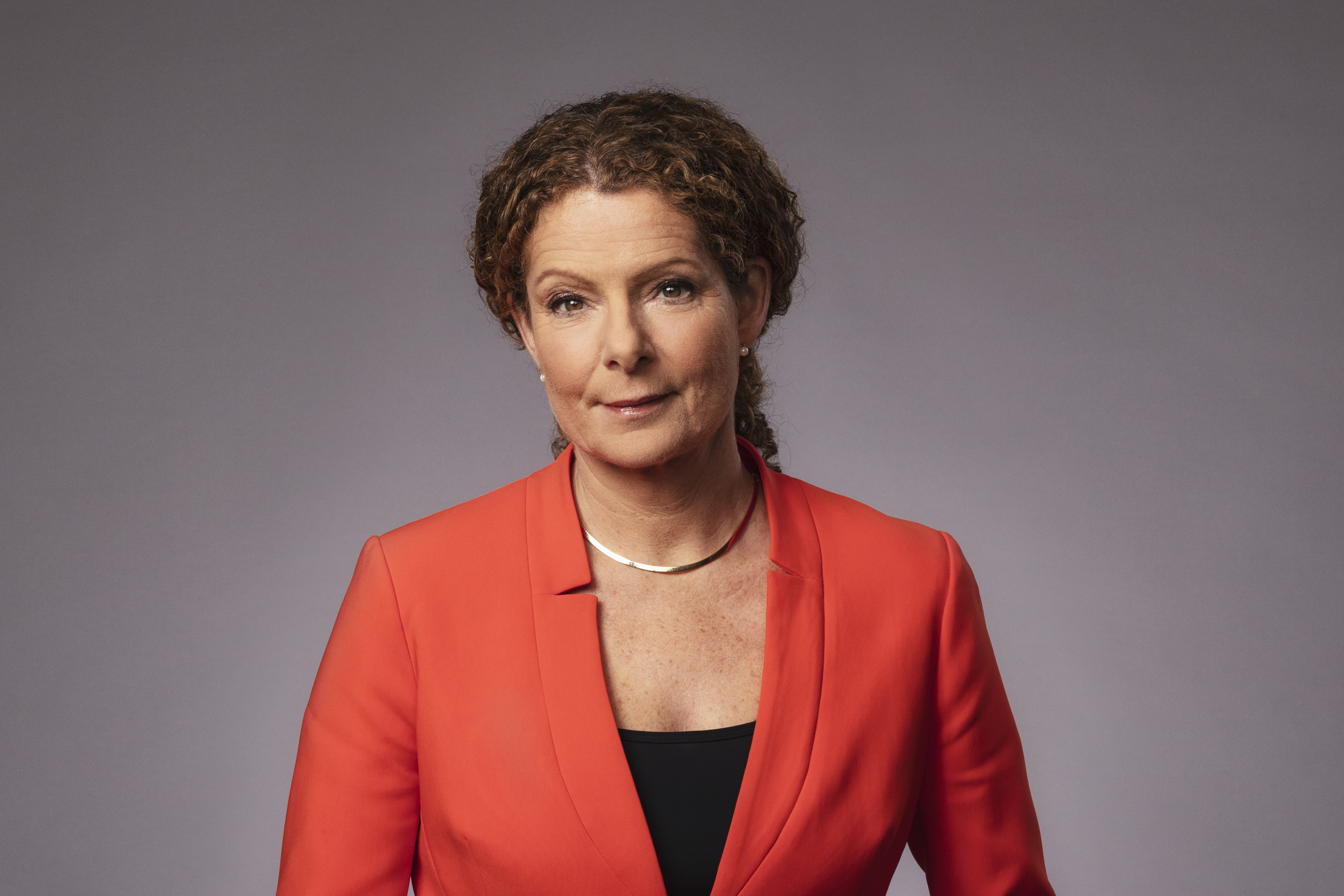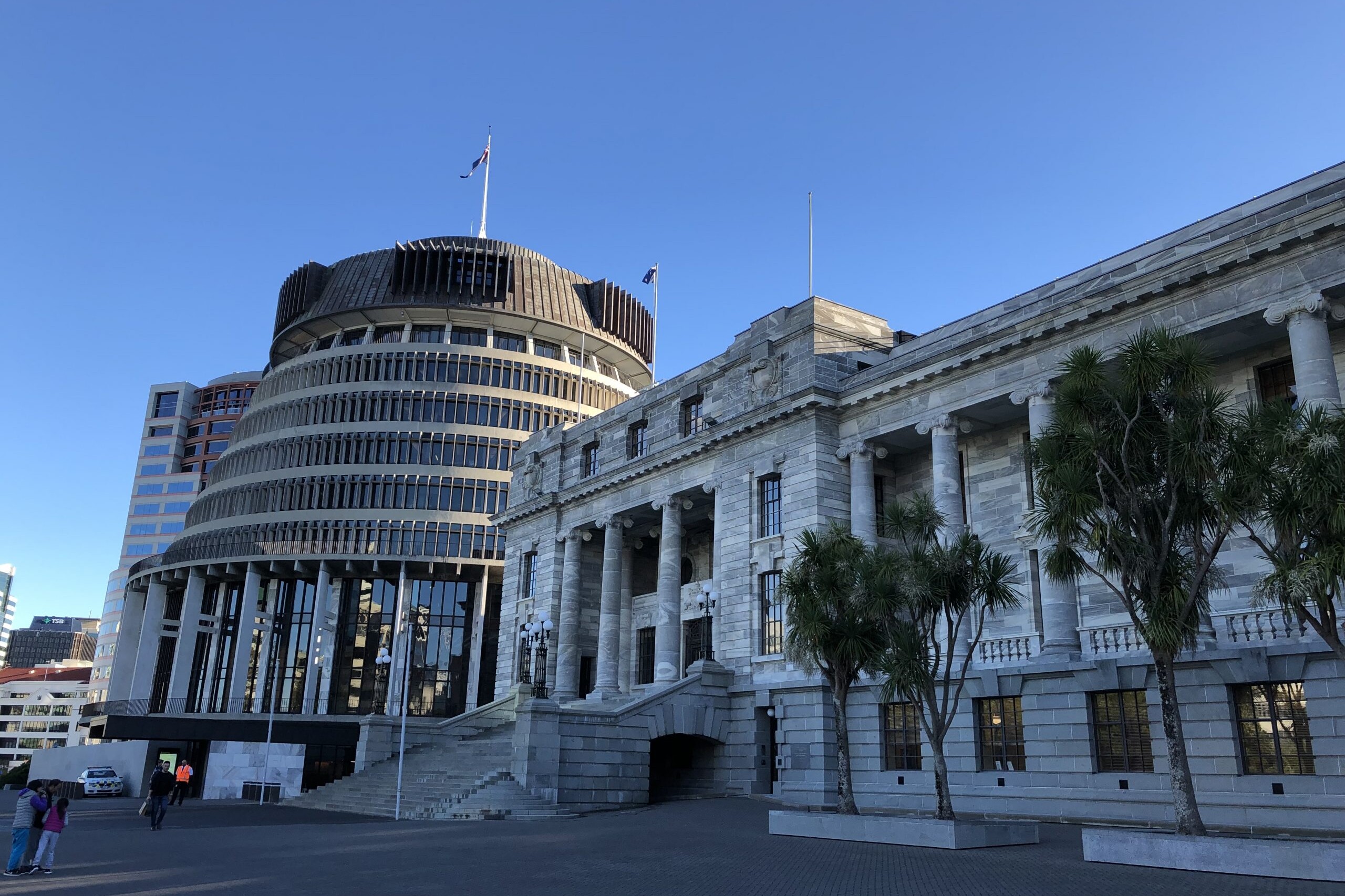INSIGHT
ANZPM: A new public media entity “for a volatile world”
30th November 2022
From journalist safety to the unbridled dominance of big tech, in a speech in Tokyo earlier this month*, RNZ’s Chief Executive, Paul Thompson argued how New Zealand’s proposed new public media entity – ANZPM – is designed to adapt to the challenges of a “volatile world”.
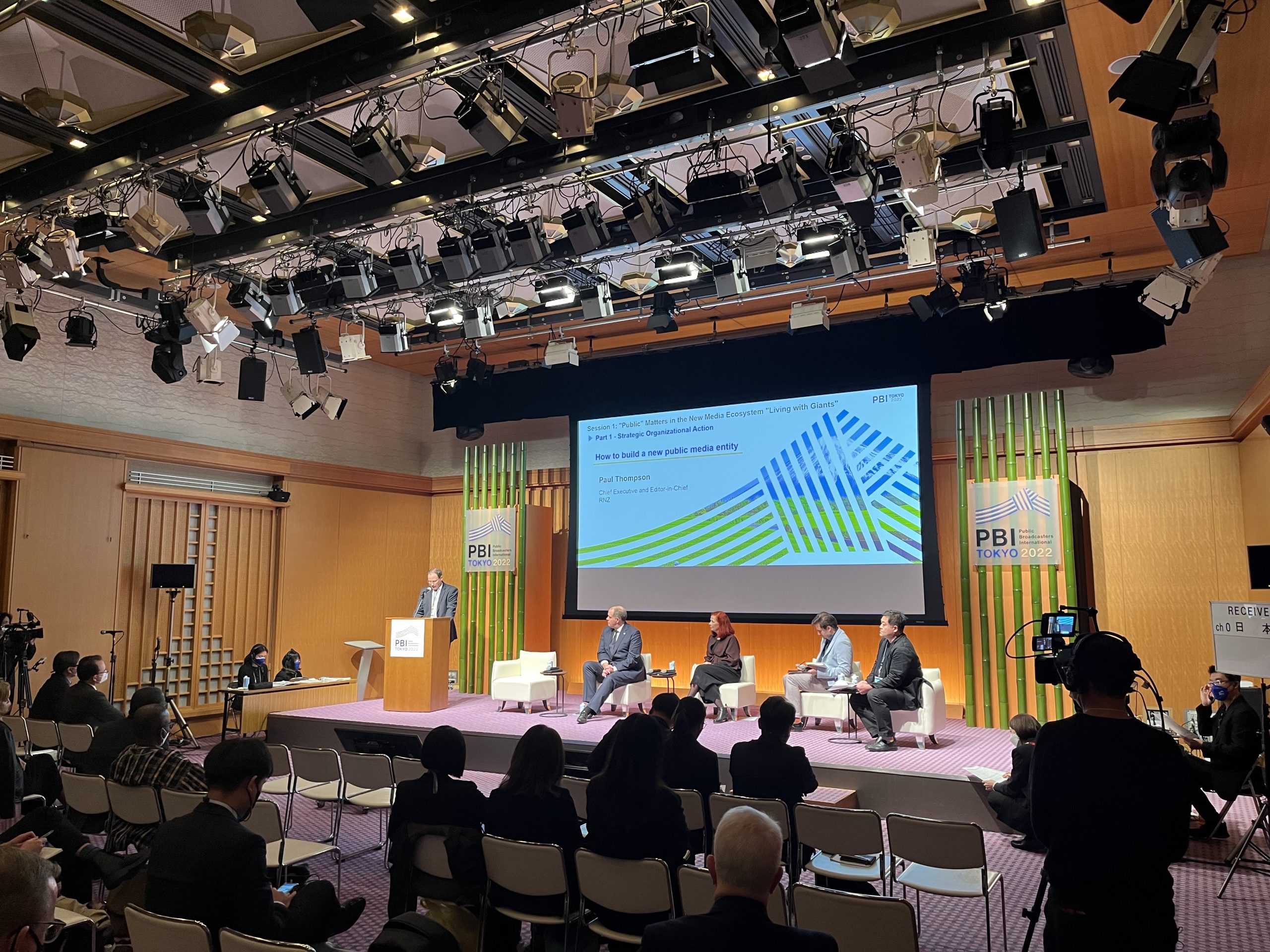
By Paul Thompson, CEO of RNZ and President of PMA
Aotearoa-New Zealand has suffered three shocks since 2019.
First, a foreign national moved to New Zealand to take advantage of our weak internal security apparatus and lax gun laws. He attacked two mosques in Christchurch, killing 51 people. A year later came Covid, resulting in lockdowns, division, misinformation, sickness and death. The third shock happened earlier this year when protesters occupied Parliament’s grounds for nearly three weeks. They were eventually forcibly evicted but not before directing much of their hostility to journalists covering the story.
It is an exaggeration to say that these three shocks represented an end of innocence for New Zealand, but they did signal the arrival of trends that have the potential to undermine our cohesive democracy.
Read more: PMA makes submission on New Zealand’s new public media entity
One factor at play in these events is the seismic shift in the way people seek and access information that helps them understand their world. This shift is powered by the almost unbridled commercial, engineering and data dominance of the global platforms.
So what can a small, democracy do about these threats?
One option is to strengthen its public media – which is what New Zealand has decided to do. We are are creating a new public media entity designed specifically for a volatile world. It will be called Aotearoa New Zealand Public Media – or ANZPM. Critical to its success will be public media principles that are simple to state but difficult to achieve.
We will need to be relevant, useful and highly trusted. We will need robust independence from interference. We will need to powerfully demonstrate our value to the public with verifiable data. We will need to be financially sustainable. And collaboration will be our super-power.
This is a rare opportunity to re-imagine our public media as public infrastructure that underpins a healthy democracy; and as a public utility for all citizens that is not focused on success on its own terms, but seeks instead to ensure a diversity of trusted media outlets is available.
Digital disruption and the ascendancy of the FANGS (Facebook, Apple, Amazon, Netflix and Google) have upended New Zealand’s media. Audiences are fragmenting, people are more polarised, commercial media business models are growing weaker, and trust in journalism has fallen along with the number of working journalists. As a small nation on the edge of the Pacific we are vulnerable to these trends that have the power to shock even large countries.
The new public media entity is New Zealand’s main response to the challenges. The core thinking is that, in tumultuous times, we need at least one resilient and comprehensive media entity to connect and inform our citizens. My organisation, the fully-funded Charter-driven RNZ, is being combined with the commercially focused TVNZ.
It certainly won’t be boring. But who among us wouldn’t relish the opportunity to create a new public media entity designed for the digital age?
Legislation to create ANZPM is progressing through Parliament. Day One for the new entity will March 1 next year. So what kind of beast will it be?
It will unquestionably be a public media entity. It will work to a public media Charter. It will be dual-funded – with both public and commercial revenue, and with surpluses reinvested in public media content.
The new entity will have two other distinguishing features.
First, it will have enhanced obligations to Māori. It will be required to live and breathe the partnership of equals that was established by Tiriti o Waitangi. This Treaty relationship will underpin the entity’s profound responsibilities to Te Reo Māori – the Māori language – and Tikanga Māori – Māori customs. Māori stories, perspectives and influences will be woven into the fabric of ANZPM.
The second defining feature, required under law, is to collaborate with the wider media sector to ensure the whole ecosytem is sustainable and cohesive. The new entity will pioneer a new way of thinking. This is a rare opportunity to re-imagine our public media as public infrastructure that underpins a healthy democracy; and as a public utility for all citizens that is not focused on success on its own terms, but seeks instead to ensure a diversity of trusted media outlets is available.
New public funding is the other key ingredient, with an extra $327 million over three years.
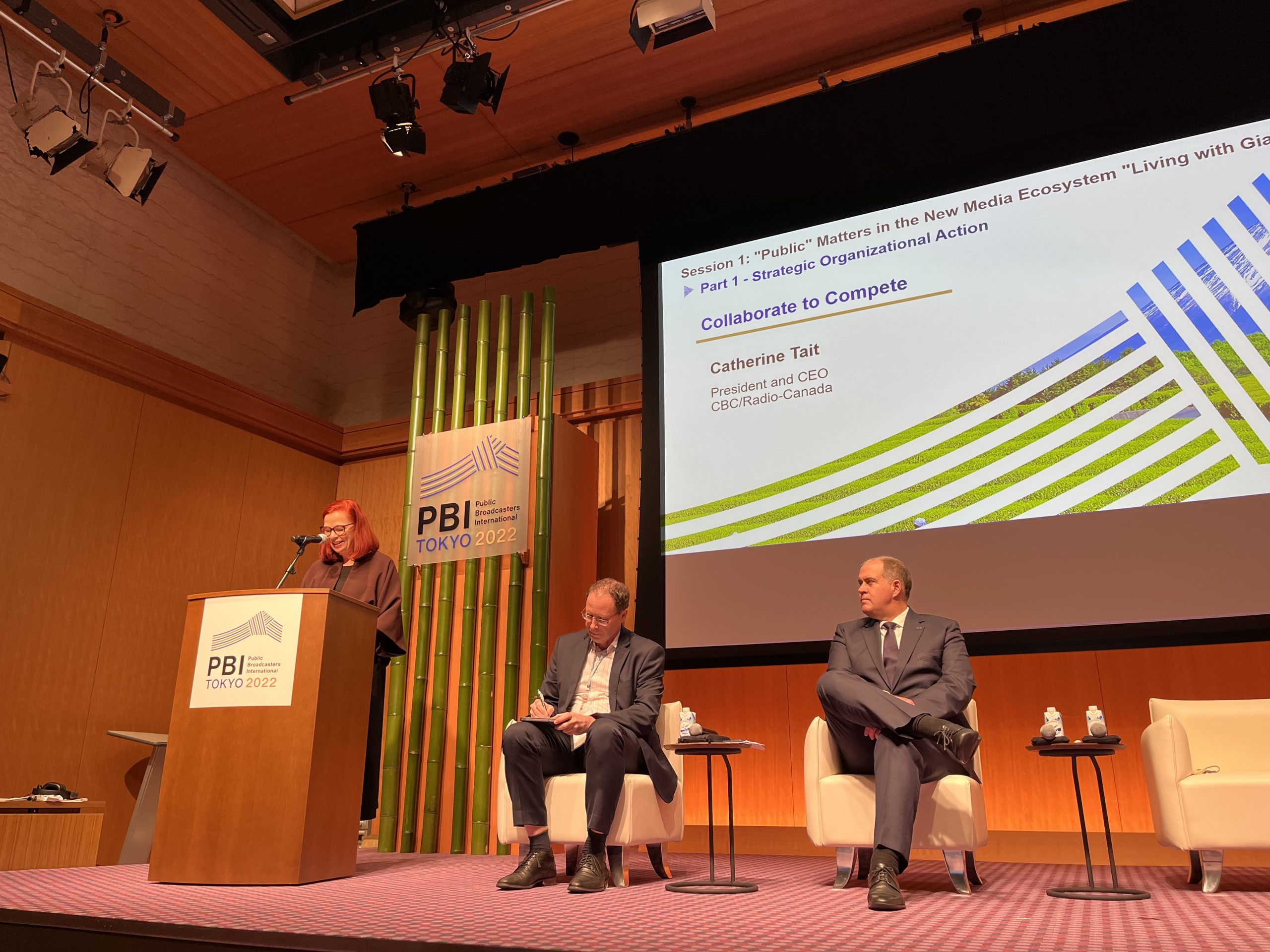
So, will this policy work? I am a realistic optimist – this is a positive move but there are things still to resolve and hazards ahead. The recent assessment of global public media outlets by the Democracy Institute says three things determine their robustness and effectiveness: the consistency of funding, the quality of governance and the level of editorial autonomy.
Substantial new funding is available, which is good news. But New Zealand has an election next year and the opposition parties are indicating they will withdraw that support if they win. The lack of a long-term mechanism to fund the new entity across political cycles will be an ongoing challenge. Options such as a licence fee, a levy on the streamers or a dedicated household tax should be considered in future reforms.
On governance, the new entity will have a Board nominated by Shareholding Ministers and approved by Cabinet . This will work; the RNZ board currently operates effectively in this way; and the new entity’s legislation will have added protections against government meddling. But, as always, the calibre, integrity and independence of the governors will be pivotal.
Finally, the question of independence was intensely canvassed at the select committee’s hearings on the draft legislation. This debate was an important one to have and I expect material changes will be made to the Bill to further enhance editorial independence.
We need to seek alignment across the whole media system if we are to ensure the ongoing health of our democracies.
The reforms will be effective – so long as the Bill is strengthened in these key ways and is implemented faithfully. It will take a lot of work, adaptability, and vigilance.
Trust must be the new entity’s central pillar. We are in a good starting position. According to independent research, RNZ is the most trusted news brand in New Zealand and TVNZ is the third most trusted. That gives us a good foundation to build on.
There’s a lot to be gained. Countries with strong public media systems tend to have higher levels of trust in all media, are more open and cohesive, have stronger democracies, and greater freedom of expression. Like baker’s yeast, public media make the “whole loaf” rise. The new entity will need to put a lot of energy into demonstrating, with verified data, that this indeed will be the case.
It will, for example, be measured on how it works in partnership with others. That means the collaboration the new entity offers cannot just be an abstract concept or a loftily worded goal. It must be meaningful, muscular and practical. The first step will be to ask other outlets what they need from us, as opposed to offering them things we think are important. RNZ’s radical sharing strategy, under which we widely and freely share our content with other outlets, is one example of how working in partnership grows public media impact.
Investment in a resilient news ecosystem will also be important. In New Zealand we are struggling to sustain the range of independent and reliable journalism our citizens need. A sustainable future for news will not invent itself. That’s our job as journalists and media leaders. News is a public utility that should be available to all citizens. As such it needs infrastructure – people, systems, quality control, investment, resilient economic models, and a long-term view.
Recently I’ve had the opportunity to travel to view the operations of other public media outlets. It was both a well-timed and rewarding experience. Without doubt we all share many similar strategic challenges. We also seek a common outcome for our nations – a diverse, trusted and sustainable media ecosystem in which effective, well-funded, independent public media play a pivotal but not a domineering role.
Read more: The Existential Threat Posed by Big Tech Platforms to Caribbean Journalism and Democracy
The official name of the policy being implemented in New Zealand is “Strong Public Media”. The real challenge is to broaden the thinking and aim for “strong media”, full stop, encompassing public, private, community and commercial outlets, including a vibrant independent production sector.
We need to seek alignment across the whole media system if we are to ensure the ongoing health of our democracies. This détente will be very difficult, perhaps impossible, to achieve. But all media – public and commercial –are wrestling with the existential threats posed by the global platforms, and tectonic shifts in consumption, behaviour and attitudes to media.
Verified, trusted information is a public good that should be available to all. To meet these profound challenges, public media cannot do it alone. As I said before, our job is to make the whole loaf rise.
*This article is based on a speech Paul Thompson gave at the Public Broadcasters International conference on November 18.

About the author
Paul Thompson is the CEO of Radio New Zealand, and the President of the Public Media Alliance.
Our thanks to Mr. Thompson for providing this report.
Related Posts
2nd November 2022
Cilla Benkö: The fight for democracy and free speech is a life and death struggle
Swedish Radio's Cilla Benkö, reflects…
28th September 2022
PMA makes submission on New Zealand’s new public media entity
In our submission to the New Zealand…
29th June 2022
More details announced for New Zealand’s new public media entity
The new entity will be called ‘Aotearoa…
